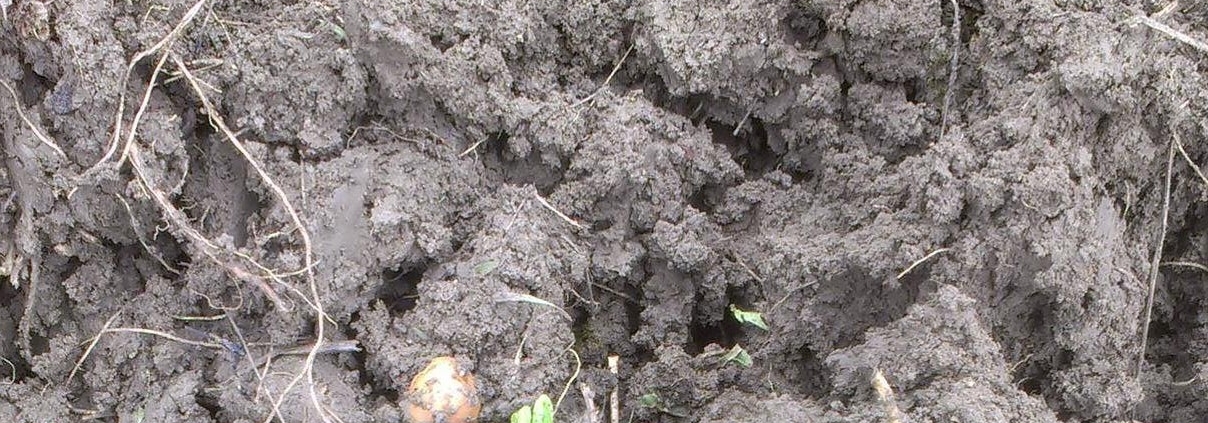Working With Clay Soil
Having clay soil may seem like a great misfortune, but if it is managed and handled properly it can produce an abundance of plant growth. Clay soils can be very fertile as they have the ability to hold onto nutrients. Clay soils are moisture retentive – to a fault in the winter, but a good thing in our dry summers.
Around here we have what is called “expanding clay”, meaning that it shrinks when dry and expands when wet. Try to avoid walking on it and definitely don’t dig it over when it is wet. Digging clay when it is wet produces rock hard lumps that take way too much energy to break down. To determine the right time to dig, roll a small amount of soil in your hand to form a ball. If it breaks into pieces easily then it is dry enough. If it sticks together you should wait awhile.
The more organic matter you can dig in the better. Sand is often used to help improve drainage, but be careful not to use fine sand – the end result could be as hard as concrete. Coarse builder’s sand is best. It is called “1/4 minus” and is slightly gravelly. By digging in layers of organic matter like compost or leaf mulch plus coarse sand on a regular basis the soil will definitely improve over time. If it all sounds like too much work, the easier option may be to build your beds on top of the soil. Raised beds, berms, and containers are all good options.
Help prevent soil from drying out in the summer by applying a layer of mulch every year or so. Consistent watering also helps; a well-designed drip irrigation system is both efficient and economical.</p>


